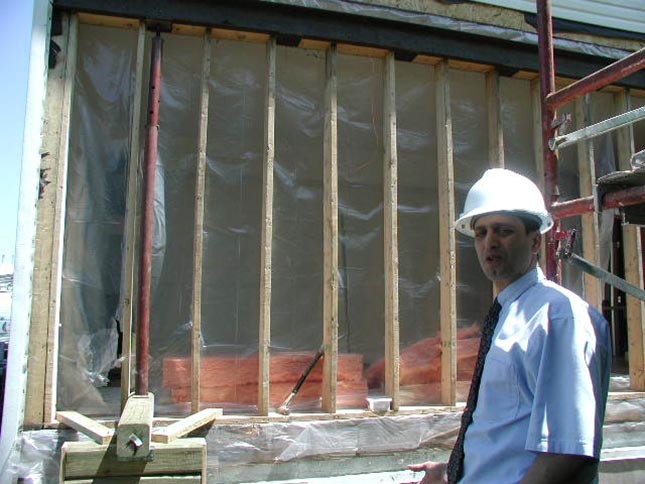A Holistic Approach to the Study of Building Energy and Hygrothermal Performances
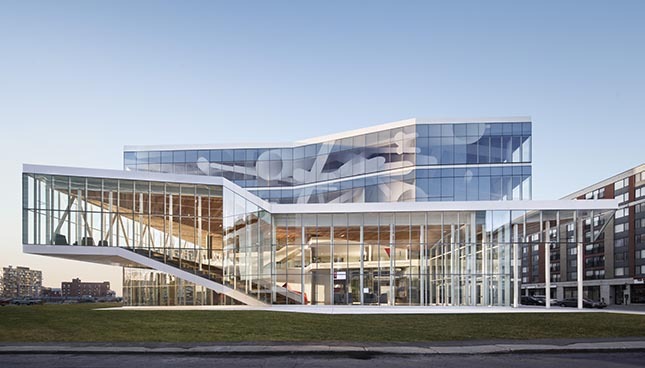
Construction: a Unique Industry?
Construction is a large industry, but it is fragmented into several micro-industries that do not necessarily communicate with each other. On the one hand, many manufacturers are constantly developing new products and systems. On the other hand, contractors must install these products in new or existing buildings. And in between, Architects and Engineers must integrate these products and assemble the whole together. Just because a material is efficient does not mean that it is necessarily compatible with other components. Renovations, done without considering the influence of a technology in a system and of said system on the whole building, can have serious consequences on the building’s integrity. Any integration of a new product or envelope system must therefore be studied in a comprehensive manner, taking into account the particularities of the product, envelope system, building and local climate.
Serving the Building Industry for Over Twenty-Five Years
Wahid Maref, a newly appointed professor in the Construction Engineering Department at the École de technologie supérieure (ÉTS), has served the building industry for the past 25 years. His research has always been guided by the needs of the industry. A mechanical engineer from the École Nationale Polytechnique of Algiers (ENPA-Algeria), he started with a DEA (Diploma of Advanced Studies) in energy conversion at the Université Paris VI (France), and the Centre Scientifique et Technique du Bâtiment (CSTB). His DEA research project, which focused on the study of radiant ceiling heating, encouraged him to pursue a Ph.D. in scientific research at the Institut national polytechnique de Toulouse (INPT), the Institut de mécanique des fluides de Toulouse (IMFT) and at the Centre scientifique et technique du bâtiment (CSTB), where he tackled a new challenge: the study of combustion gases condensation phenomena in chimney ducts. Wahid Maref carried out his project on three fronts, which have guided him throughout his career: numerical modeling (CFD), full-scale laboratory experiments, and field experimentation. His research led to the creation of a CEN standard (European Committee for Standardization) for the design of chimney ducts.
Continued Research in Canada
Later, in Ottawa, Canada, Wahid Maref decided to pursue his career at the National Research Council of Canada (NRC), specifically the NRC-Construction branch. His position as Senior Researcher required skills in both modeling, and laboratory and field experimentation, which fit perfectly with his profile. He worked there for 20 years and became an expert in building science. He created many hygrothermal designs and models and developed multiple design guidelines for various envelope systems. He became an expert in product risk management assessment and innovative envelope systems, which include hygrothermal modeling, laboratory and in situ testing. His research projects supported either individual clients (approval of new materials or systems) or, when a problem was common to an industry, different consortia. Wahid Maref prepared the research plan and supervised the different stages: numerical model development, model validation by full-scale experimentation, and parametric study to estimate the behavior of a system under conditions not studied. This last step was crucial, if only to take into account the wide range of climatic conditions in Canada, in particular, and in North America in gene.
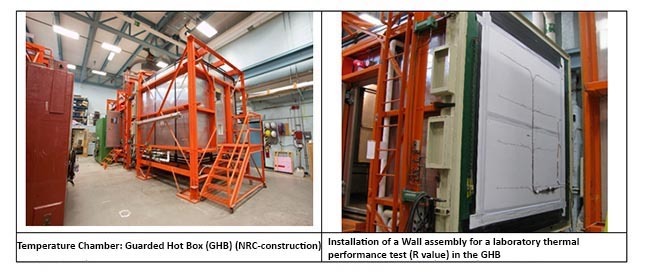
In addition to his duties at NRC, he was a member of working groups and technical committees associated with several national and international standards and professional organizations such as ASHRAE, CIB W040, etc. As an expert in building science, he provided technical support to the North American construction industry and other related industries. Wahid Maref authored over 250 technical reviews, scientific journal papers and technical reports related to moisture management and building energy performance. He ran workshops and seminars, as an International Invited Lecturer, on building science in North America and Europe, adapted to different stakeholders, to recap building science basics and physics and to talk about new construction trends.
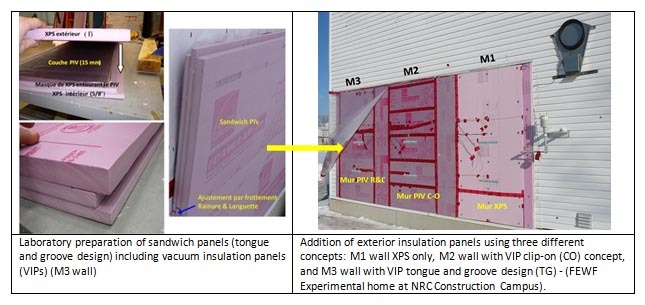
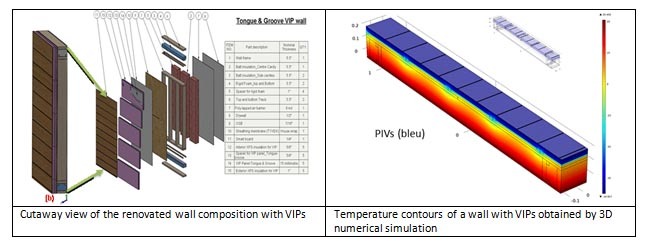
Research Areas Pursued at ÉTS
Given the importance of the housing stock in Québec and Canada, Professor Maref’s work at ÉTS will follow the current trends in innovation and renovation. His goal is to improve the energy and hygrothermal performance of existing buildings and to evaluate new construction concepts and strategies. The objective is to bring old buildings to current energy standards, such as the new energy-efficiency requirements for residential buildings in Quebec. For example, the addition of thermal insulation outside existing walls is one of the options to be considered by building owners. The effect of thermal insulation on heat, air, and vapor control, related to moisture accumulation in the wall cavity caused by winter condensation, is one area of interest where research is warranted. This involves testing and modeling of materials, innovative systems, and new technologies in order to reduce building energy consumption and condensation risks in the building envelope.
Some of the research topics lead by Professor Maref include:
- Energy performance of the building envelope
- Condensation risks in the building envelope
- Drainage systems
- Wetting and drying problems of walls and materials
- Thermal insulation: insulation added from the exterior and/or interior
- Reflective products and systems, and their impact on envelope energy performance
- Evaluation of innovative materials such as vacuum insulation panels, and their applicability and durability
- Airtightness of the building envelope; etc.
His approach is to adapt to the constraints of each project and he does not hesitate to expose himself to the experience of the people in the field. Now that he is in the academic arena, he wants to share his rich experience in basic and applied research with students who want to gain experience in building science research and benefit from his industry contacts.
Students interested in this area of research can contact Professor Wahid Maref.
